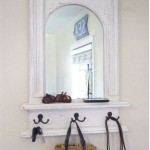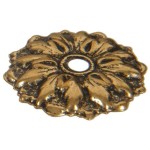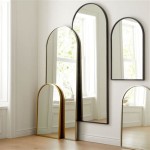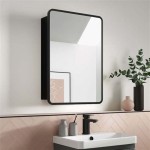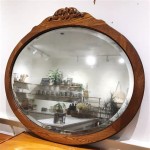How To Mirror a Broken Android Screen On a PC Without USB Debugging
Mirroring a broken Android screen to a PC can be challenging, especially when USB debugging is not enabled. This feature allows for direct communication between the device and a computer, simplifying tasks like screen mirroring and data recovery. However, several workarounds exist for mirroring even if USB debugging has not been previously activated.
One viable solution involves utilizing third-party screen mirroring applications designed specifically for Android devices. Several applications on the market offer wireless mirroring capabilities. These applications generally require installation on both the Android device and the computer. Since the phone screen is broken, navigating the installation might be difficult. An alternative is to install the application on the phone through the Google Play Store website, provided the device is linked to a Google account.
After installing the mirroring application on both devices, it is necessary to connect them to the same Wi-Fi network. This shared network facilitates communication between the phone and the computer. Once connected, the applications typically guide users through the mirroring process. The exact steps may vary depending on the specific application being used, but generally involve selecting the target computer from a list of available devices on the phone's interface.
Another method for mirroring a broken Android screen is using an OTG (On-The-Go) adapter and a mouse. This approach allows users to navigate the phone's interface despite a broken touchscreen. An OTG adapter connects to the phone's charging port, while a USB mouse plugs into the adapter. This setup enables cursor control on the Android device.
With the mouse connected, navigating the phone's settings becomes possible. If the screen is still partially visible, users can locate and enable USB debugging. Once enabled, traditional methods for screen mirroring using tools like scrcpy or Vysor become available. These tools often provide more stable and high-quality mirroring compared to wireless applications.
If USB debugging remains inaccessible due to extensive screen damage, connecting the phone to an external display can be helpful. Using a USB-C to HDMI adapter or similar connection, the phone's display can be mirrored to a monitor or television. This approach provides a larger view of the phone's interface, making navigation with the OTG mouse significantly easier.
Accessing the phone's data through cloud backups is another valuable strategy. Services like Google Drive or Samsung Cloud often automatically back up phone data, including photos, videos, and contacts. Accessing these backups through a web browser on the computer allows retrieval of important information without needing to interact with the broken phone's screen directly.
For Samsung device owners, the Samsung Smart Switch application offers a useful alternative. This software facilitates data backup and transfer to a computer. While ideally used with a fully functional phone, it can still be valuable for retrieving data from a device with a broken screen. Connecting the phone to the computer and using an OTG mouse allows navigation of the Smart Switch interface on the phone to initiate the backup process.
It is important to acknowledge that the success of these methods depends on the extent of the screen damage. If the screen is completely unresponsive or the internal components are also damaged, some of these methods may not be effective. Furthermore, specific phone models and Android versions might have different compatibility with various applications and tools. Consulting online forums or manufacturer support websites can provide more specific guidance based on the device model and the nature of the screen damage.
In scenarios where the screen damage is severe, seeking professional data recovery services remains a viable option. These services specialize in retrieving data from damaged devices, even when traditional methods are ineffective. While potentially more expensive, professional services offer the highest chance of recovering valuable data from a severely damaged phone.
By carefully considering the extent of screen damage and exploring the available options, individuals can successfully mirror a broken Android screen to a PC or recover essential data even without having USB debugging enabled beforehand.

3 Methods To Recover Android Data Without Usb Debugging

How To View Broken Phone Screen On Computer

How To View Broken Phone Screen On Computer

3 Easy Ways How To Mirror Broken Screen Android Pc

How To Do Android Broken Screen Mirror Pc Flashget Cast

How To Enable Usb Debugging On Android With Broken Screen

How To Mirror Android Pc Without Usb Debugging

How To Turn On Usb Debugging With A Broken Black Screen O Henry

How To Enable Usb Debugging Black Screen Android

How To View Broken Phone Screen On Computer


